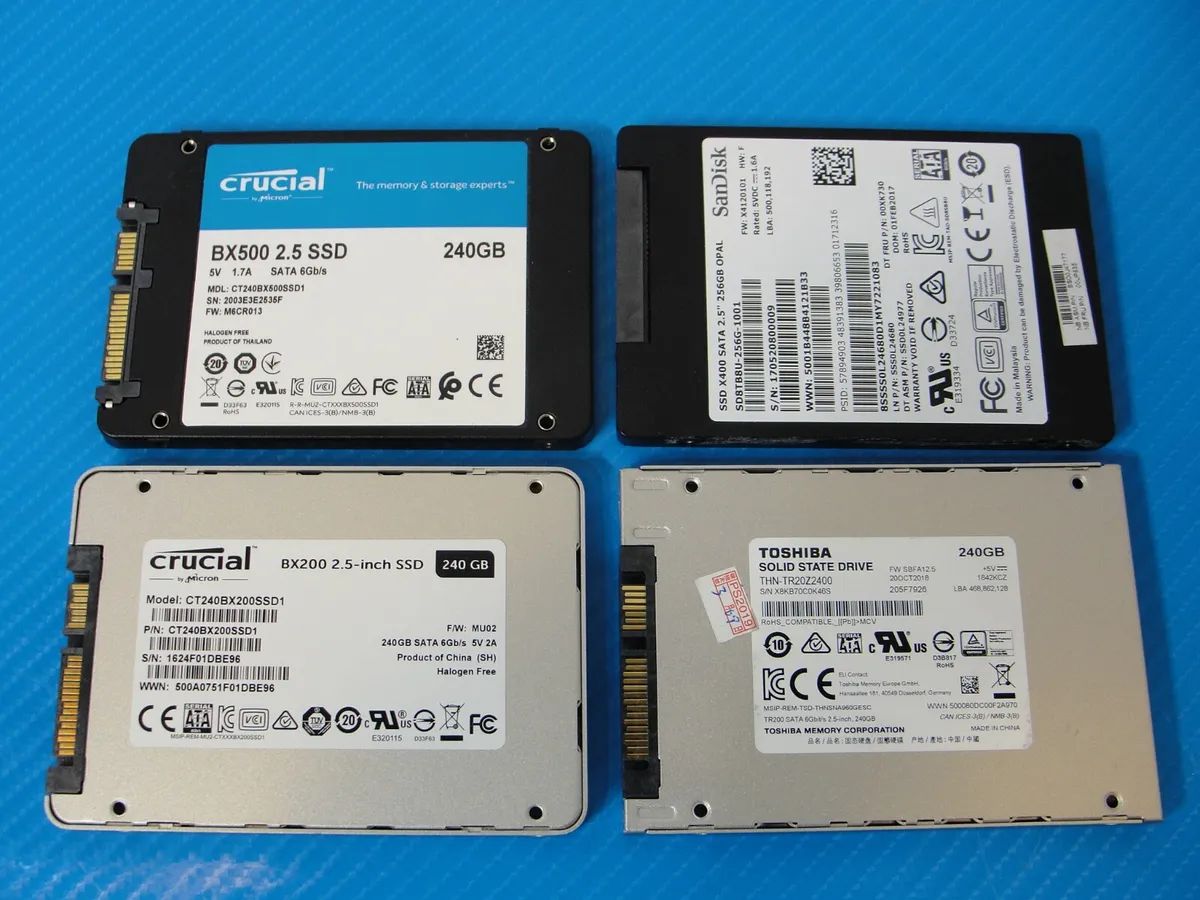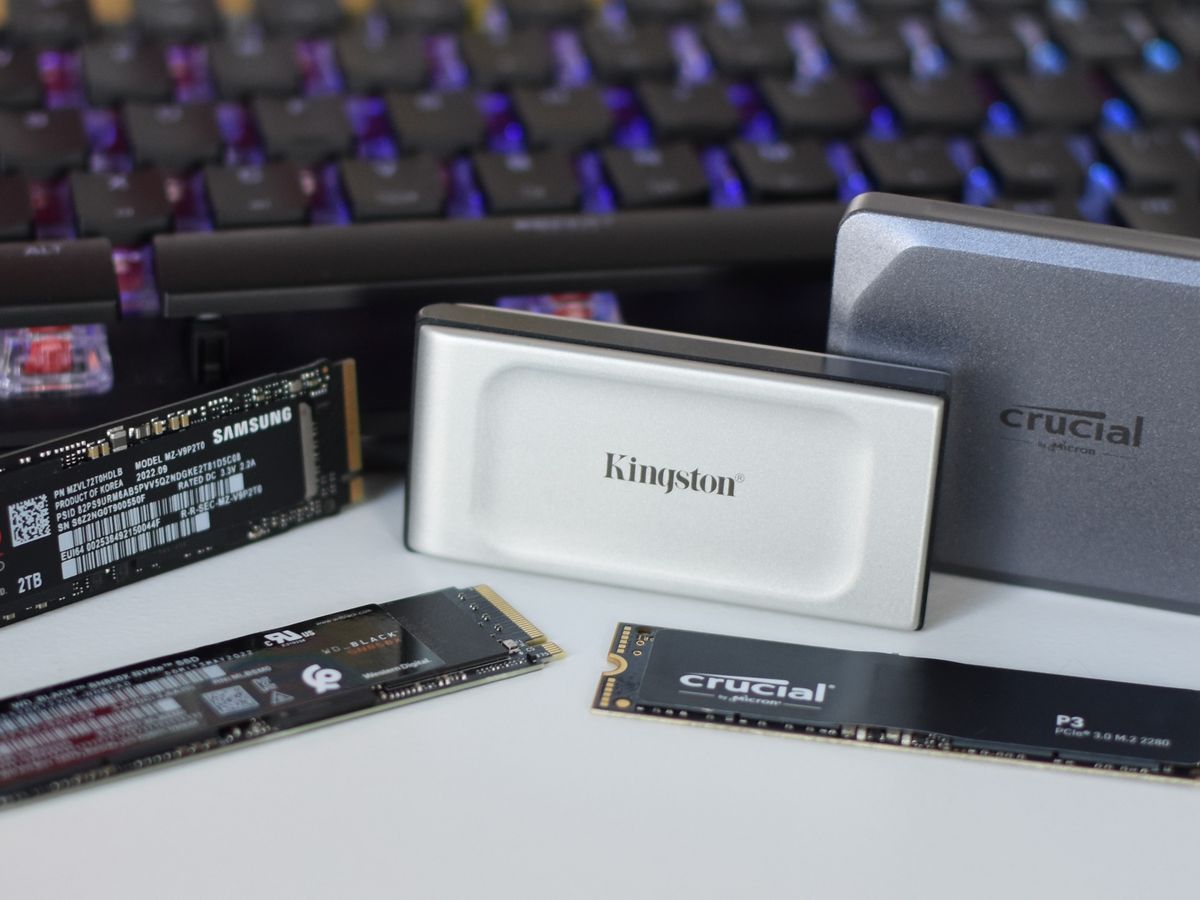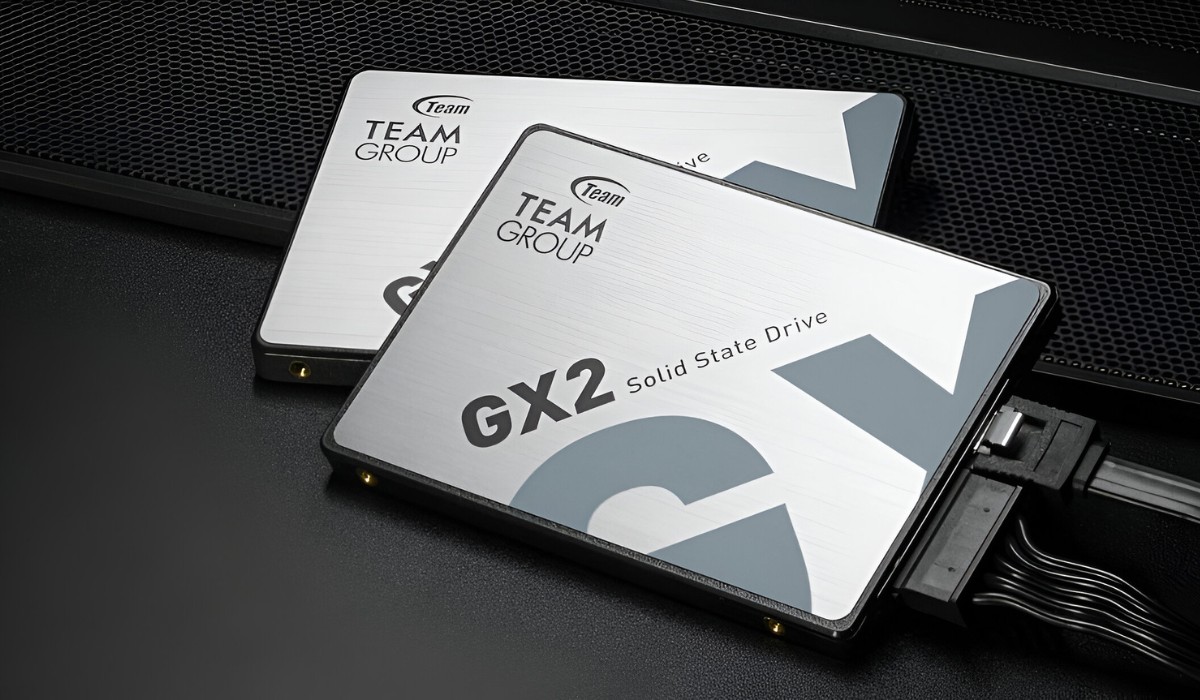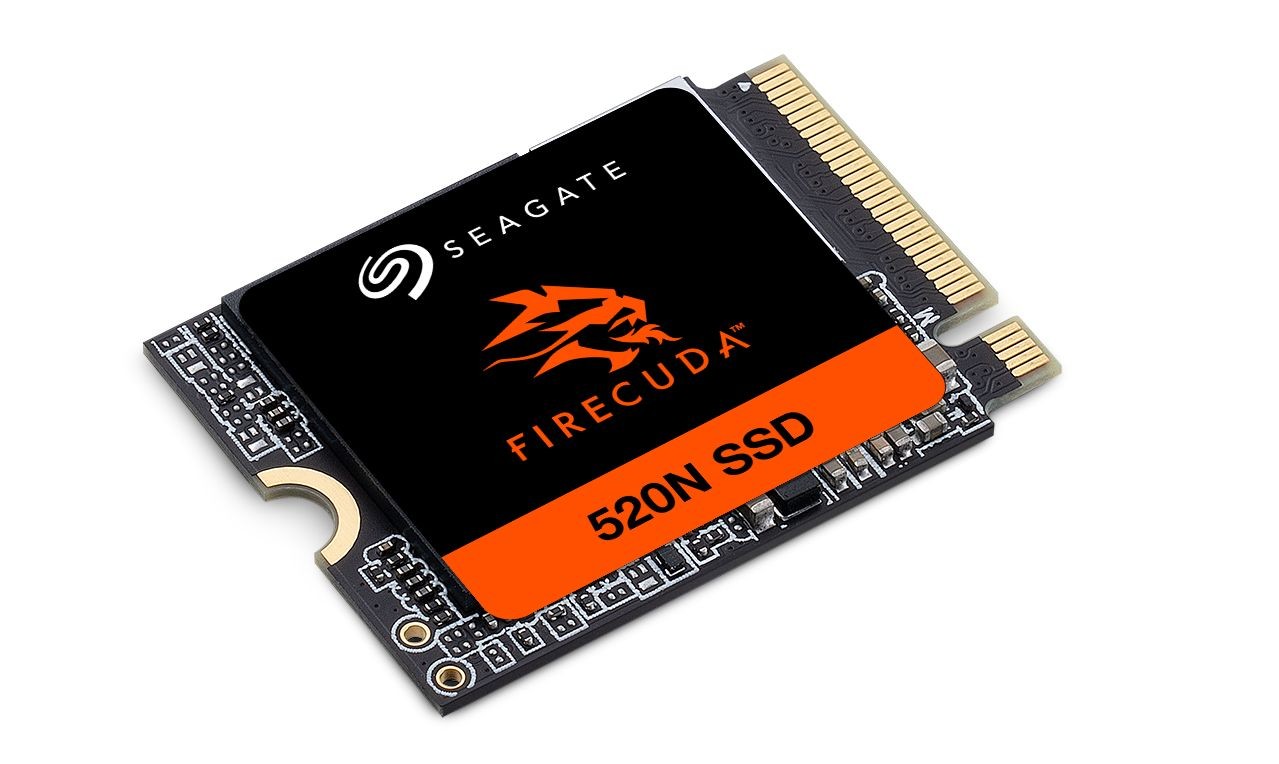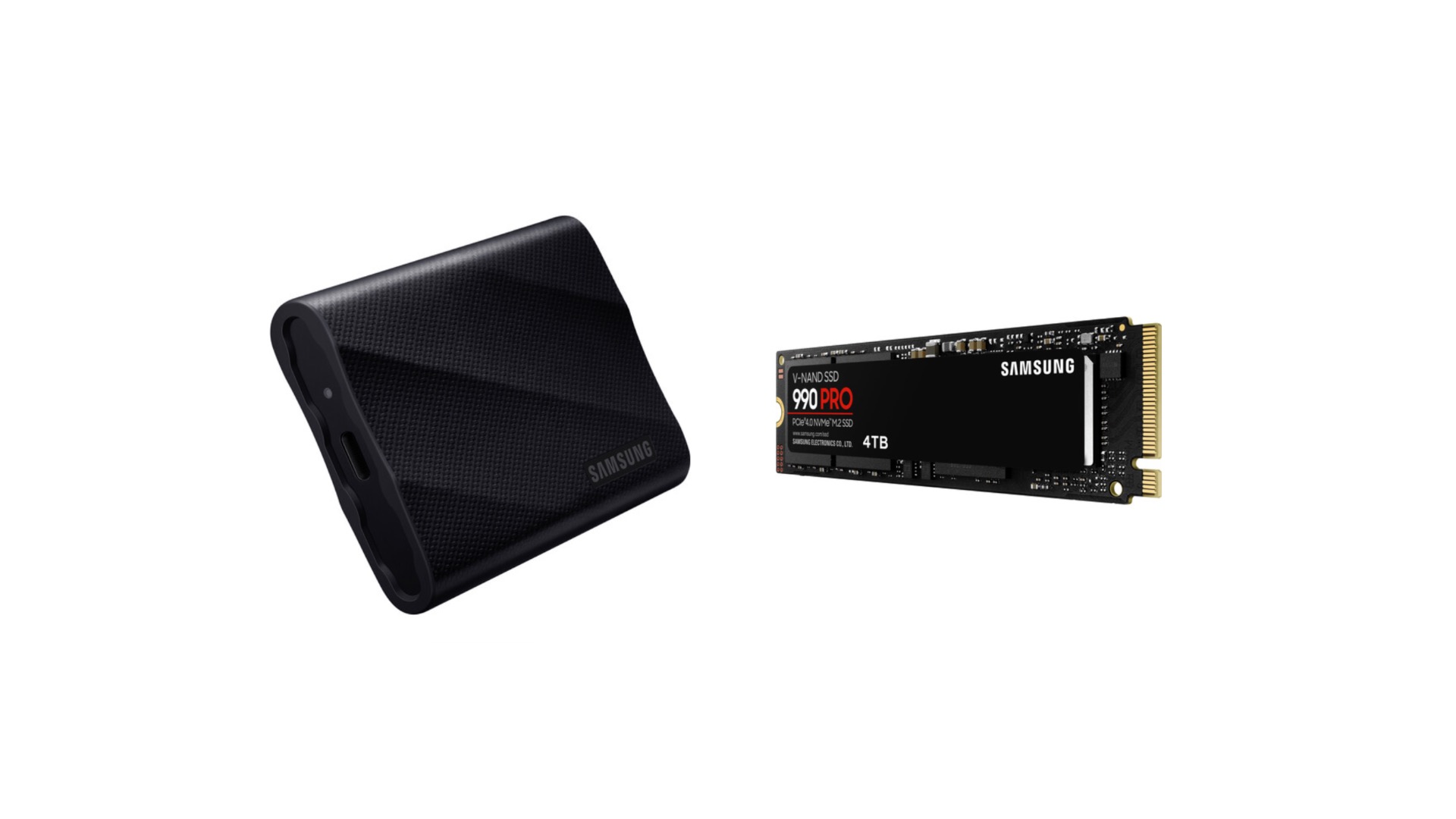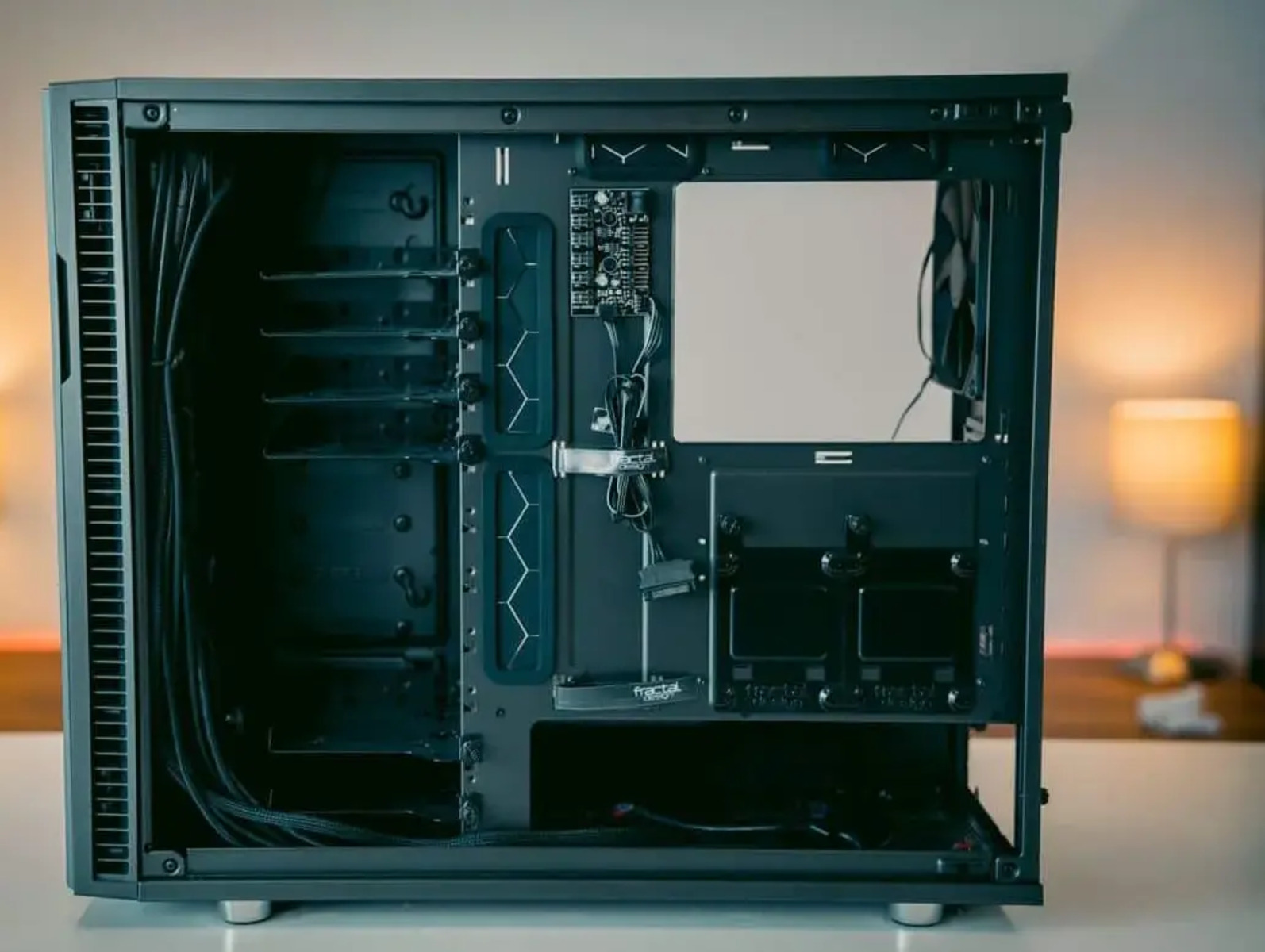Introduction
Welcome to the world of solid state drives (SSDs), the modern-day storage solution that is revolutionizing the way we store and access data. SSDs are a popular choice for their speed, reliability, and durability, making them a preferable alternative to traditional hard disk drives (HDDs).
When it comes to choosing an SSD, one crucial consideration is the storage capacity. How big does an SSD need to be? The answer to this question depends on several factors, including your usage requirements, budget, and future storage needs.
In this article, we will explore the factors that determine the ideal size for an SSD, the impact of storage capacity on performance, and provide guidance on selecting the right SSD size for different use cases.
Before we delve into the specifics, it’s important to note that SSDs come in various capacities, ranging from as low as 128 GB to several terabytes. The choice of storage size primarily depends on your individual needs and how you plan to use the SSD.
Whether you are a casual user, gamer, creative professional, or a business owner, understanding the factors that influence SSD size will help you make an informed decision and ensure optimal performance for your storage needs.
Factors to Consider When Determining SSD Size
Choosing the right size for your SSD involves considering several important factors. By taking these into account, you can ensure that you have enough storage capacity to meet your needs without overspending on unnecessary space.
1. Storage Requirements: Assess your current and future storage requirements. Evaluate how much data you usually store and estimate how it may increase in the future. This will give you an idea of the minimum storage capacity you should consider.
2. Budget: Consider your budget limitations. SSDs with larger capacities are generally more expensive. Strike a balance between your storage needs and budget constraints.
3. Type of Data: Determine the type of data you will be storing on the SSD. Different types of data require different amounts of storage. For example, if you work with large media files or software applications, you will need a larger capacity SSD compared to someone who primarily uses the drive for text documents and browsing.
4. Operating System and Applications: Take into account the space required by your operating system and installed applications. Both the operating system and applications consume some space on the SSD. Ensure that you have enough room for them, in addition to your data storage needs.
5. Backup and Redundancy: Consider whether you need the extra space for backup and redundancy purposes. It’s always a good practice to have a backup of your data, and having additional storage capacity allows for easy and efficient backups.
6. Scalability: Think about your future needs. If you anticipate your storage needs will increase over time, it might be wise to choose a larger SSD now to accommodate future growth. This will save you the hassle of upgrading sooner than necessary.
7. Performance: While the SSD capacity doesn’t directly impact performance, it’s worth noting that higher capacity drives often offer faster speeds and better performance due to higher data density and more advanced technologies.
By taking these factors into consideration, you can determine the appropriate size for your SSD that meets your storage requirements, fits your budget, and allows for future scalability.
How Storage Capacity Affects Performance
The storage capacity of an SSD has an indirect impact on its performance. While the size of the SSD itself does not affect its speed, it does play a role in optimizing its overall performance in conjunction with other factors.
1. Drive Space Allocation: The amount of free space on your SSD can impact its performance. When an SSD is nearly full, it may cause slower write speeds and decreased overall performance. It is recommended to leave at least 10-20% of the SSD’s total capacity free to ensure optimal performance.
2. Overprovisioning: Some SSDs come with built-in overprovisioning, which reserves a portion of the drive’s storage capacity for maintenance tasks and wear-leveling algorithms. Overprovisioning can improve the SSD’s performance and prolong its lifespan.
3. Data Placement and Wear-Leveling: SSDs use wear-leveling algorithms to evenly distribute data across the drive to avoid excessive wear on any specific area. Having a larger capacity SSD allows for better wear-leveling, reducing the impact of write and erase cycles on performance.
4. Data Transfer Speed: While storage capacity itself does not impact data transfer speed, higher capacity SSDs often provide faster sequential read and write speeds due to advancements in technology and higher data density.
5. Future Performance: Opting for a larger SSD can ensure future performance stability. As you store more data and applications on your computer, the available storage space can start to dwindle. A larger SSD provides more room for your growing storage needs, allowing the drive to maintain optimal performance over time.
It is important to note that other factors such as the interface (e.g., SATA, PCIe) and the SSD’s controller also play a significant role in determining its performance. However, choosing an SSD with an appropriate capacity based on your usage requirements and considering the aforementioned factors can help optimize its performance for your specific needs.
SSDs for Different Use Cases
SSDs are versatile storage solutions that cater to various use cases, each with its own unique storage requirements. Let’s explore how different user types can benefit from SSDs of varying capacities:
1. Personal Use: For everyday users, SSDs with capacities ranging from 128GB to 512GB are usually sufficient. These drives offer fast boot times, improved system responsiveness, and enough space to store essential files, documents, photos, and videos.
2. Gaming: Gamers often require ample storage space for their extensive game libraries. SSDs with capacities of 1TB or more are ideal for gamers, providing fast loading times, smoother gameplay, and quick access to game assets.
3. Creative Professionals: Photographers, videographers, and graphic designers typically work with large media files that demand substantial storage. SSDs with capacities of 1TB or higher allow creative professionals to store and access their high-resolution photos, videos, and design projects without compromising performance.
4. Business and Enterprise: Businesses and enterprises deal with significant amounts of data, requiring storage solutions that offer high capacity, reliability, and fast performance. In these scenarios, SSDs with capacities of 2TB or more are often preferred, ensuring smooth operations, quick data access, and efficient data processing.
Ultimately, the choice of SSD capacity relies on understanding your specific needs and use case. Consider factors such as the types of files you work with, the number of applications you use, and the future growth of your data. This will enable you to select an SSD that offers enough storage space to meet your requirements while maintaining optimal performance.
Personal Use
When it comes to personal use, SSDs provide a significant improvement over traditional hard drives in terms of speed and responsiveness. For personal users, SSDs with capacities ranging from 128GB to 512GB are usually sufficient to meet their storage needs.
With a smaller SSD, personal users can enjoy fast boot times and quick access to their files, resulting in a smoother overall computing experience. These capacities allow for the storage of essential files, documents, photos, and even some lightweight applications.
For users who primarily use their computers for web browsing, email, and basic office tasks, a 128GB SSD can be a suitable choice. It offers enough space to store the operating system, core applications, and a small number of personal files. However, users should be mindful of managing their storage capacity to avoid running out of space.
On the other hand, if personal users engage in activities that involve larger file sizes such as storing a music library, saving high-resolution photos, or editing videos, an SSD with a capacity of 256GB or 512GB would be more suitable. This provides ample space for storing a considerable number of media files without compromising system performance.
Furthermore, personal users who frequently download and install large applications or games may benefit from the extra storage space provided by a 512GB SSD. This capacity allows for a larger selection of applications and games without the need to constantly manage storage space.
While it is possible to opt for larger SSD capacities for personal use, it is important to consider the balance between storage needs and budget limitations. Personal users should assess their current and future storage requirements to determine the most cost-effective SSD capacity that adequately meets their needs.
Overall, for personal users, SSDs with capacities ranging from 128GB to 512GB offer a significant performance upgrade over traditional hard drives. These capacities strike a balance between storage requirements, affordability, and improved system responsiveness, ensuring a seamless and efficient computing experience for personal users.
Gaming
Gaming enthusiasts demand high-performance storage solutions that can handle the extensive size and complexity of modern games. Solid state drives (SSDs) have emerged as the go-to choice for gamers, offering faster load times, reduced in-game stuttering, and improved overall gaming experience.
When it comes to gaming, SSD capacities of 1TB or more are typically recommended. This allows gamers to store their entire game library, including large AAA titles and downloadable content (DLC), without worrying about running out of space.
Gaming SSDs provide significant advantages over traditional hard drives (HDDs) in terms of read and write speeds. With an SSD, games load significantly faster, reducing waiting times and allowing gamers to jump into their favorite titles quickly. SSDs also offer faster texture streaming, leading to smoother gameplay and reduced in-game loading pauses.
Furthermore, SSDs provide faster access to game assets, allowing games to run more smoothly and with fewer instances of texture pop-in or lag. This can be especially beneficial for open-world and multiplayer games where quick asset loading is crucial to maintaining a seamless gaming experience.
In addition to faster performance, SSDs utilize non-volatile memory, eliminating the mechanical limitations and susceptibility to physical damage inherent to HDDs. This means that SSDs are more resistant to shocks and vibrations, ensuring greater reliability during gaming sessions.
As game install sizes continue to grow, opting for an SSD with a larger capacity is becoming increasingly important for gamers. With resource-intensive games now surpassing 100GB in size, having 1TB or more of storage space allows gamers to install and play multiple games simultaneously without constantly having to uninstall and make space for new titles.
Furthermore, gaming SSDs with larger capacities can also accommodate the storage needs of content creators and streamers. These individuals often require additional space to store video footage, game clips, and editing software, allowing them to seamlessly capture, edit, and share their gaming experiences.
In summary, when it comes to gaming, SSDs with capacities of 1TB or more are recommended to provide ample room for large game libraries and downloadable content. These higher capacity SSDs deliver faster load times, reduced in-game stuttering, and an overall improved gaming experience, making them an essential component for avid gamers.
Creative Professionals
Creative professionals, such as photographers, videographers, and graphic designers, rely on powerful and reliable storage solutions to handle their demanding workflows. Solid state drives (SSDs) have become an essential tool for creative professionals, offering high-speed performance and ample storage capacity to accommodate their large files and complex projects.
When it comes to SSD capacity for creative professionals, larger sizes of 1TB or more are recommended. These capacities provide sufficient space to store extensive collections of high-resolution photos, large video files, and resource-intensive design projects.
Photographers, for example, often work with RAW image files that can take up considerable storage space. An SSD with a capacity of 1TB or higher allows photographers to efficiently store and access their entire photo library without compromising on performance. This ensures faster photo imports, editing, and exporting, ultimately streamlining their workflow.
Videographers, on the other hand, require even more storage space due to the large file sizes associated with high-quality video footage. An SSD with capacities of 2TB or more is an ideal choice for videographers, enabling them to smoothly edit, render, and store their video projects with ease.
Graphic designers, who work on complex digital artwork and design projects, also benefit from larger capacity SSDs. These drives provide the necessary space to store design assets, project files, and a vast array of creative software applications. A 2TB SSD or higher ensures quick access to files and seamless multitasking, facilitating the design process.
Another advantage of using SSDs for creative professionals is the faster transfer speeds, allowing for quicker file transfers and backups. This is particularly valuable when working with large file sizes, as it significantly reduces file transfer times and enables efficient data management.
Furthermore, SSDs offer greater reliability compared to traditional hard drives (HDDs). With no moving parts, SSDs are less prone to mechanical failure, providing creative professionals with peace of mind that their valuable work is stored securely.
In summary, creative professionals benefit from SSDs with capacities of 1TB or higher. These larger capacity drives offer the necessary storage space to accommodate the high-resolution photos, large video files, and resource-intensive design projects associated with their work. With faster speeds, increased reliability, and efficient data management, SSDs are an essential tool for creative professionals to enhance their productivity and streamline their workflow.
Business and Enterprise
For businesses and enterprises, efficient and reliable storage solutions are imperative to ensure smooth operations and data accessibility. Solid state drives (SSDs) have become the storage solution of choice for many organizations, offering high capacity, superior performance, and enhanced reliability.
When it comes to SSD capacity for business and enterprise use, larger sizes of 2TB or more are often preferred. These capacities provide ample space to store critical data, applications, and databases, allowing for uninterrupted day-to-day operations.
One of the key benefits of SSDs for businesses is their significantly faster data access and transfer speeds compared to traditional hard drives (HDDs). This translates to faster application launches, quicker data backups, and improved overall efficiency in data-intensive tasks.
Businesses and enterprises deal with vast amounts of data that require reliable storage solutions. SSDs, with their solid-state construction and absence of mechanical components, are less susceptible to physical damage and are more resistant to shocks and vibrations. This makes them a more secure and reliable choice for storing critical business data.
Furthermore, larger capacity SSDs offer scalability and flexibility for businesses. As companies grow and their storage demands increase, having SSDs with capacities of 2TB or more allows for future expansion without the need for immediate upgrades or replacements. This flexibility ensures that businesses can adapt to changing storage requirements efficiently.
In addition, SSDs are particularly beneficial in enterprise settings where quick data access is crucial for mission-critical applications and large-scale databases. With their high IOPS (Input/Output Operations Per Second), SSDs can deliver swift data retrieval, processing, and analysis, enhancing the performance of data-driven processes and decision-making.
Security is another important aspect for businesses and enterprises. SSDs often come equipped with advanced encryption and data protection features, ensuring that sensitive business information is kept safe from unauthorized access. This is essential for compliance with data security regulations and protecting valuable business assets.
In summary, SSDs with larger capacities of 2TB or more are well-suited for business and enterprise use. These drives provide the required storage space, faster performance, reliability, scalability, and data security necessary for seamless operations, efficient data management, and secure storage of critical business information.
Evaluating Your Storage Needs
Determining the appropriate solid state drive (SSD) size for your specific storage needs requires careful evaluation of various factors. By taking the time to assess your requirements, you can choose an SSD capacity that provides the optimal balance between storage space and budget considerations.
1. Current Data Usage: Start by analyzing your current data usage. Take note of the size of your files, including documents, media, games, and applications. This will give you a baseline understanding of your storage requirements.
2. Expected Future Growth: Consider how your storage needs may change in the future. Will you need more space as your data collection or usage habits evolve? Anticipating future growth can guide you in selecting an SSD with sufficient capacity to accommodate your expanding storage needs.
3. Specific Use Case Requirements: Assess the requirements of your specific use case. For example, if you are a photographer, consider how many high-resolution images you regularly work with, or if you’re a business professional, evaluate how many large documents or databases you need to store. Understanding your unique use case will help you determine the minimum SSD capacity necessary.
4. Budget Constraints: Take into account your budget limitations. While larger SSD capacities offer more storage space, they are also generally more expensive. Set a realistic budget and identify the SSD capacity that fits within your financial constraints.
5. Other Storage Options: Evaluate if you have access to other storage options. For instance, can you rely on cloud storage or external hard drives for some of your data? Having alternative storage solutions can help alleviate the need for a larger SSD capacity and potentially reduce costs.
6. Performance Considerations: If you require faster performance, consider opting for a larger SSD. Larger capacity drives tend to offer improved performance due to higher data density and more advanced technologies. Assess whether the enhanced speed is a critical factor for your usage scenario.
7. Balancing Flexibility and Optimization: Strive for a balance between flexibility and optimization. Choose an SSD capacity that allows for efficient storage management while avoiding excessive unused space. Having some free space on the SSD helps maintain performance and accommodates future data growth.
By thoroughly evaluating your storage needs in terms of current data usage, future growth, specific use case requirements, budget, performance considerations, and finding the right balance between flexibility and optimization, you can make an informed decision on the appropriate SSD size that best suits your requirements.
Tips for Choosing the Right SSD Size
Choosing the right solid state drive (SSD) size can be a challenging task, as it requires careful consideration of various factors. To help you make an informed decision, here are some tips to consider when selecting the appropriate SSD capacity:
1. Assess Your Storage Needs: Begin by evaluating your current and future storage requirements. Consider the types of files you will be storing, including documents, media files, applications, and games. This assessment will give you an idea of the minimum capacity you should consider.
2. Consider Future Growth: Anticipate your future storage needs. If you expect your data usage to increase over time, it is recommended to choose an SSD with larger capacity to accommodate future growth without the need for immediate upgrades.
3. Determine Your Budget: Set a budget for your SSD purchase. Larger capacity SSDs often come with higher price tags, so consider your budget constraints and strike a balance between storage space and cost.
4. Think About Performance Requirements: Evaluate your performance needs. If you require faster read and write speeds, consider opting for a larger SSD capacity. Higher capacity drives often offer better performance due to advancements in technology and higher data density.
5. Assess Other Storage Options: Consider whether you have access to alternative storage options. Cloud storage and external hard drives can supplement your SSD storage and potentially reduce the need for a larger capacity drive.
6. Evaluate Usage Patterns: Understand your usage patterns. If you frequently download large files, install multiple applications, or play resource-intensive games, a larger SSD capacity will provide ample space and ensure smooth operations.
7. Balance Storage Space and Free Space: Find the right balance between storage space and leaving some free space on the SSD. While it is essential to have enough capacity for your needs, leaving 10-20% free space on the drive helps maintain performance and allows for efficient storage management.
8. Read Expert Reviews: Consult expert reviews and comparisons of SSD models before making a decision. Expert opinions can provide valuable insights into the performance and reliability of different SSD capacities.
By considering these tips and carefully evaluating your storage needs, performance requirements, budget, and usage patterns, you can make an informed decision when selecting the right SSD size. Remember to strike a balance between having enough storage space to accommodate your needs while considering future growth and optimizing your budget.
Conclusion
Choosing the appropriate solid state drive (SSD) size is a critical decision that depends on various factors, including your storage needs, budget, and usage requirements. By evaluating these factors, you can select an SSD capacity that provides the ideal balance between storage space, performance, and cost.
For personal use, SSDs with capacities ranging from 128GB to 512GB are typically sufficient. These drives offer fast boot times and ample space for essential files and applications. However, gamers, creative professionals, and businesses require larger capacities to accommodate their specific needs.
Gamers benefit from SSDs with capacities of 1TB or more, allowing them to store their expansive game libraries and experience faster load times and smoother gameplay. Creative professionals, such as photographers and videographers, require SSDs with capacities of 1TB or higher to store their large media files and enable efficient editing workflows.
For businesses and enterprises, SSD capacities of 2TB or more are often preferred. These drives offer ample storage space, superior performance, and enhanced reliability, ensuring smooth operations and efficient data management.
When evaluating your storage needs, consider factors such as current data usage, expected future growth, budget constraints, performance requirements, and other storage options. Find a balance between flexibility and optimization, ensuring that you have enough storage space while avoiding excessive unused capacity.
Remember to research and read expert reviews to gain insights into the performance and reliability of different SSD models and capacities. Choosing a reputable brand and model will contribute to a satisfying long-term storage solution.
In conclusion, selecting the right SSD size requires careful consideration of your specific needs and characteristics of your usage scenario. By making an informed decision, you can ensure optimal performance, efficiency, and reliability for your storage requirements.









